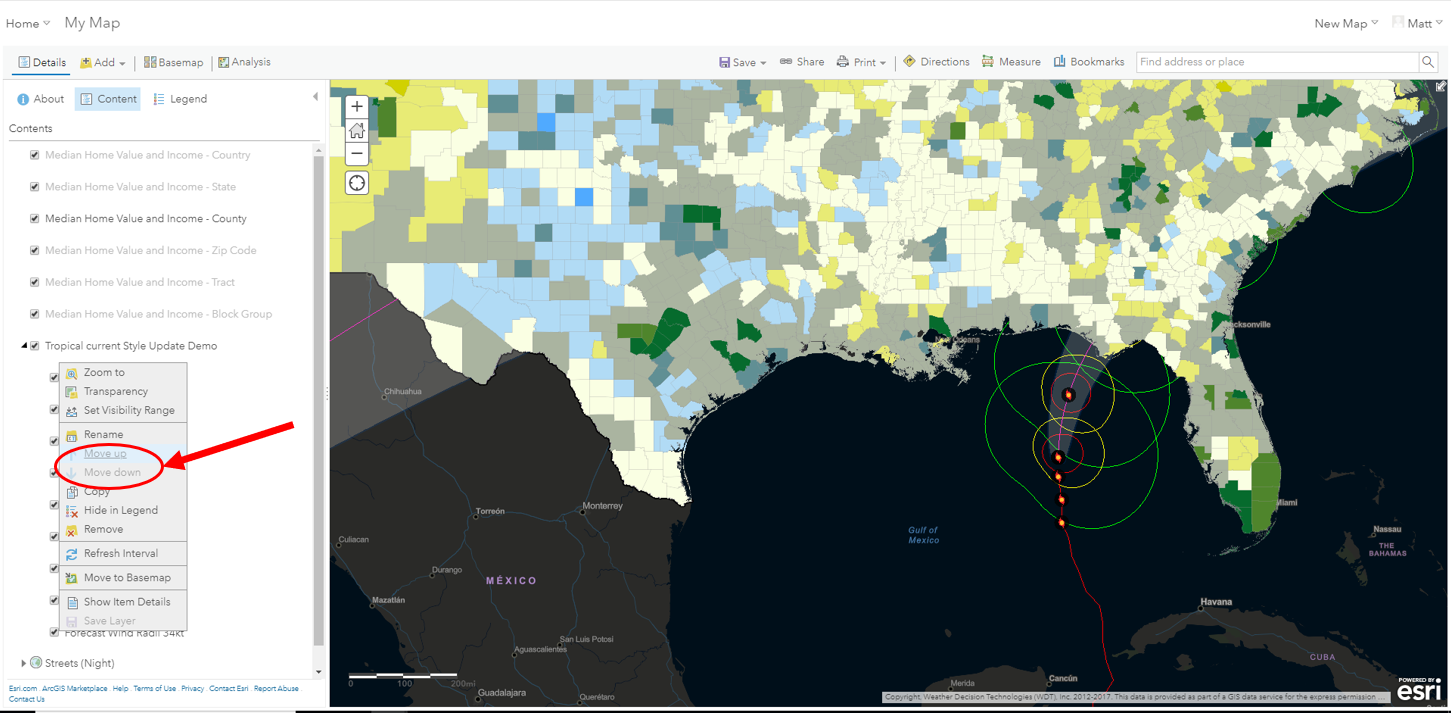
Added services are saved into WFS_ServicesFile.xml located in the MAPublisher directory. To add a new service click the Add button, then add the service URL and version number. To do so, click the Load Services From File button. This list can also be populated with services in a file. Loaded services from Avenza can't be edited or deleted. To do so, click the Load Services From Avenza button. This list can be populated with sample services aggregated by Avenza. The Browse Web Feature Service dialog box maintains a list of loaded map services loaded maps are from Avenza, added individually or add from a list. To access WFS settings, choose Web Feature Service in the Format drop-down list of the Import or Multiple Data Import dialog box and click the Service link to choose a web service. It accesses web servers that deliver vector content in GML format. All map services are exposed through SOAP and REST interfaces, making them usable in many Esri and third-party applications.Import vector data using the Web Feature Service (WFS). Through your own use of map services, you're likely to discover other uses. These are just some of the ways that you can use a map service. See the section OGC service layers to learn more. Map services can be configured to return images or data conforming to OGC specifications. Some organizations require their geographic data and maps to be available in this way. The Open Geospatial Consortium has published specifications for exposing map images (WMS), vector features (WFS), raster datasets (WCS), and web map tiles (WMTS) on the web. To serve images, features, or rasters through OGC specifications All map services are able to return KML by default. KML is commonly used in geobrowser applications, such as ArcGIS Earth, to display map overlays or features, with attributes sometimes available in informational pop-up windows. KML is a way of representing geographic data and maps through an open XML-based structure. You can set up default properties for the analysis in the map document, such as facilities and barriers.

You'll then have access to network analysis operations when developing apps to work with ArcGIS Server. If your map document contains a network analysis layer, you'll see a network analysis capability that you can enable when you publish the service. You can set up a map service for the purpose of performing network analysis on the server. If you want to set up a map service to serve features, make sure the Query and Data operations are allowed. Once you add the resulting features to a map, you can use labels or unique symbols to represent the features. You can phrase this query as Give me all of the features with Delaware in the name, or Give me all of the features longer than 100 miles. You retrieve these features through tasks that you add to your app.įor example, you can query a map service and display the resulting features as a feature layer in the map. You can set up a map service for the purpose of returning a set of features to work within your app. Map services don't always need to display images. Map services are not automatically cached you must create the cache after you publish the service.
Features to webmap update#
You can also update the cache on a regular basis if your data changes. Although users will just be viewing static pictures of your map, you can supplement a cached map service with find, identify, and query tasks to reach the underlying data. This is how ArcGIS Online, Google Maps, Bing Maps, and many other services expose their maps. To serve cached mapsĬached map services (those that use a set of pre-created images) are the fastest way to serve maps on the web. These dynamic layers can increase the amount of interaction that users can have with your maps on the web. Map services have built-in capabilities that allow clients, such as the ArcGIS web APIs, to dynamically change each layer's behavior and appearance. They are not as fast as cached maps, but they may be appropriate for highly focused intranet applications and applications that require real-time display of data. To serve dynamic mapsĭynamic maps are drawn at the time they are requested by a user. The following are some common reasons to set up a map service. For additional details about map services, see Publish a map service.
.png)
Features to webmap pro#
The same map service may be used in ArcGIS Pro by one user, a web app by another user, ArcGIS Online by another user, and a mobile app by still another user. They are designed to work in many web and intranet scenarios. Map services represent a map that you've made available to others on a server.

To serve images, features, or rasters through OGC specifications.


 0 kommentar(er)
0 kommentar(er)
